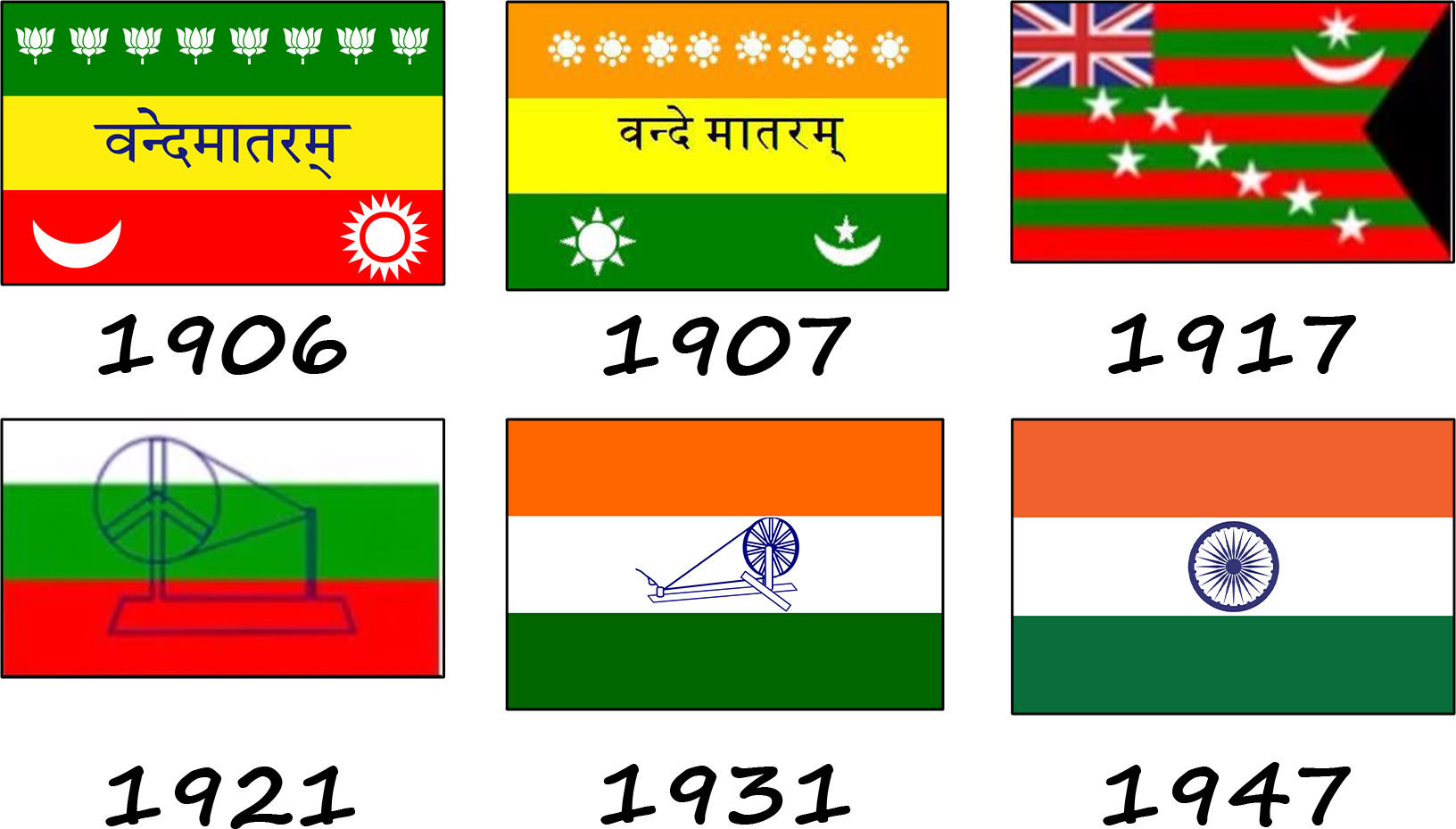The national flag of India was adopted by the Constituent Assembly on July 22, 1947, just a few days before the declaration of independence from the British Raj on August 15, 1947. The Indian flag is called "Tiranga" - Tiranga.
The national flag of India was adopted by the Constituent Assembly on July 22, 1947, just a few days before the declaration of independence from the British Raj on August 15, 1947. The Indian flag is called "Tiranga" - Tiranga.
The flag design is intended to evoke a sense of national pride and unity:
Saffron color symbolizes vitality, dynamism, courage and bravery. The color saffron indicates the courage and sacrifice of the nation in the struggle for independence.
According to Indian philosophy, white is a symbol of knowledge. It inspires people to follow the path of honesty and truth. It symbolizes happiness, peace, purity, truth and honesty in the country. It is also a symbol of purity and harmony.
The symbol of honor of the Indian national flag is green. It symbolizes faith, fertility, happiness, prosperity, progress, intelligence and brotherhood. In addition, green represents the greenery in India and provides relief for the eyes. Like nature, which conveys the message of life, this color also has a deep connection to life.
"Ashoka Chakra" comes from the Pillar of Ashoka located in Sarnath (Varanasi). The pillar was built during the reign of Emperor Ashoka to promote his Dhamma (rules of morality). Emperor Ashoka was a great ruler of ancient India who promoted kindness, compassion and love for people. These values continue to be an integral part of the Indian character today.
The color of Ashoka's chakra is blue. It has 24 spokes and represents human qualities, all-round development, progress, continuity and duty. Each spoke has a unique message, but they all convey the same basic idea - promoting love, benevolence, morality, brotherhood, unity, helping the weak, security, cooperation and patriotism. It emphasizes the importance of broad thinking and intellectuality, and warns against the abuse of power and rights. The Ashoka Chakra symbolizes justice for all, as well as the economic and social development of the country.
